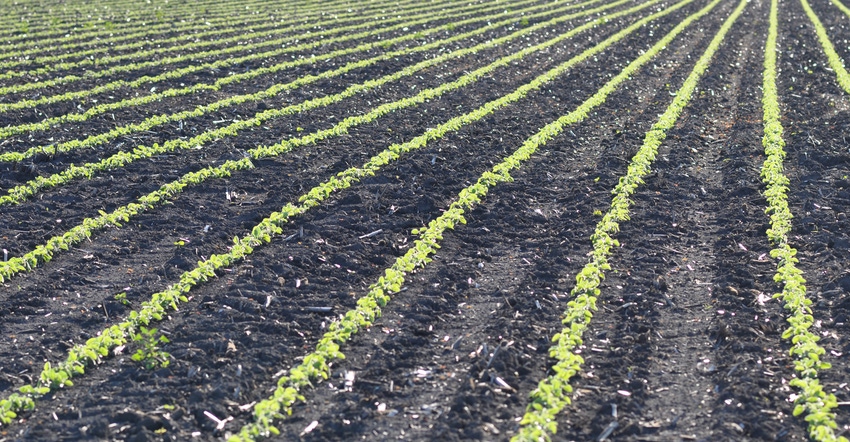July 10, 2017

By Ernest D. Moody
There are two primary reasons for landowners to install drain tile, but both are done for increased value.
First, the farm will be worth more money. Second, as an owner-operator of farmland, I installed drain tile to allow me to plant earlier, avoid replanting and get better yields from my farm. My farm is rolling, so the drain tile allows the farmland to hold more rainwater in a heavy rainfall event and have less soil erosion. All of these things mean the farm is worth more in value per acre than a similar farm with little or no tile and wet areas.
The differences in value per acre have been significant since the wet year of 2010, and because farmland values have increased dramatically. Our firm completes many farmland appraisals in Illinois. We have seen the value differences and sale price differences between poorly drained farms and farms with typical, average drainage (all with similar Productivity Indexes of 138 and above) vary by as much as 20%. Differences of up to $2,000 are not uncommon in the current market. If you can tile for $1,000 per acre and erase the $2,000 value difference, it is well worth the investment. On the flipside, if you can buy the wet farm for $2,000 per acre less than similar farmland and tile it for $1,000 per acre, you have a good investment.
If you are a landlord and you install drainage enhancement to alleviate a problem, you should be able to increase your income. If you have a crop-share-type lease, the farm tenant will receive more grain from the enhanced drainage in direct proportion to the terms of the lease, and his expenses may go down if he has had to replant in wetter years. He receives this benefit with no additional investment. Therefore, to get an equitable return on the investment, the landlord is justified in making some lease changes to recoup some or part of that investment. If the lease is a cash-rent lease, the landlord would be justified in increasing the rent per acre, assuming the market will bear the increase and the farm tenant will agree to the rental increase.
Improved drainage from tiling will increase yields, reduce costs and enhance value. Annual payments on a $1,000, 30-year loan at 5% will equal $61.95 per acre. That requires 15 to 18 bushels of additional corn yield or 6 to 8 bushels of additional soybean yield per acre to meet the payments on the investment. In the extremely wet years or extremely high-production years, these additional yields will probably be met and exceeded. In average years, it may be tough to get those yield increases. There are some income tax benefits to drain tile because it can be expensed or depreciated, reducing income tax liabilities from year to year.
My recommendation is to drain wet areas if you can. Farms with rolling topography may only need tile in low areas, draws and hillside seeps. Farms with undulating topography may only need tile in lower areas that tend to pond in periods of heavy rainfall. Farms that are level to depressional in topography should be pattern-tiled, if possible. In your tile design, consider sizing the main(s) to allow for additional future tile installation, if warranted.
If you are willing to learn a new skill, you can use farm equipment lasers or your GPS equipment, and install the laterals and smaller lines with the purchase of a pull-type tile plow. It is advisable to have either the equipment or outside contractors install the larger mains. Installing laterals yourself can reduce the cost of tiling by 50% or more. I own my own tile plow, laser/GPS control systems and equipment, so I know these savings are realistic.
In landlord-tenant relations, sharing cost of the tile project and prorating the investment over a 10- to 20-year period may be a realistic alternative to a change in lease terms.
In the long run, better drainage will pay. Tile systems should last 70 to 100 years, so future generations will thank you. Have tile maps completed and recorded at the courthouse, and tell responsible parties where to find them.
Moody is president and senior partner with Heartland Ag, Springfield. He is a member of the Illinois Society of Professional Farm Managers and Rural Appraisers, whose members regularly contribute to this column. Have a farm management question or topic you’d like addressed? Email Carroll Merry at [email protected].
You May Also Like




